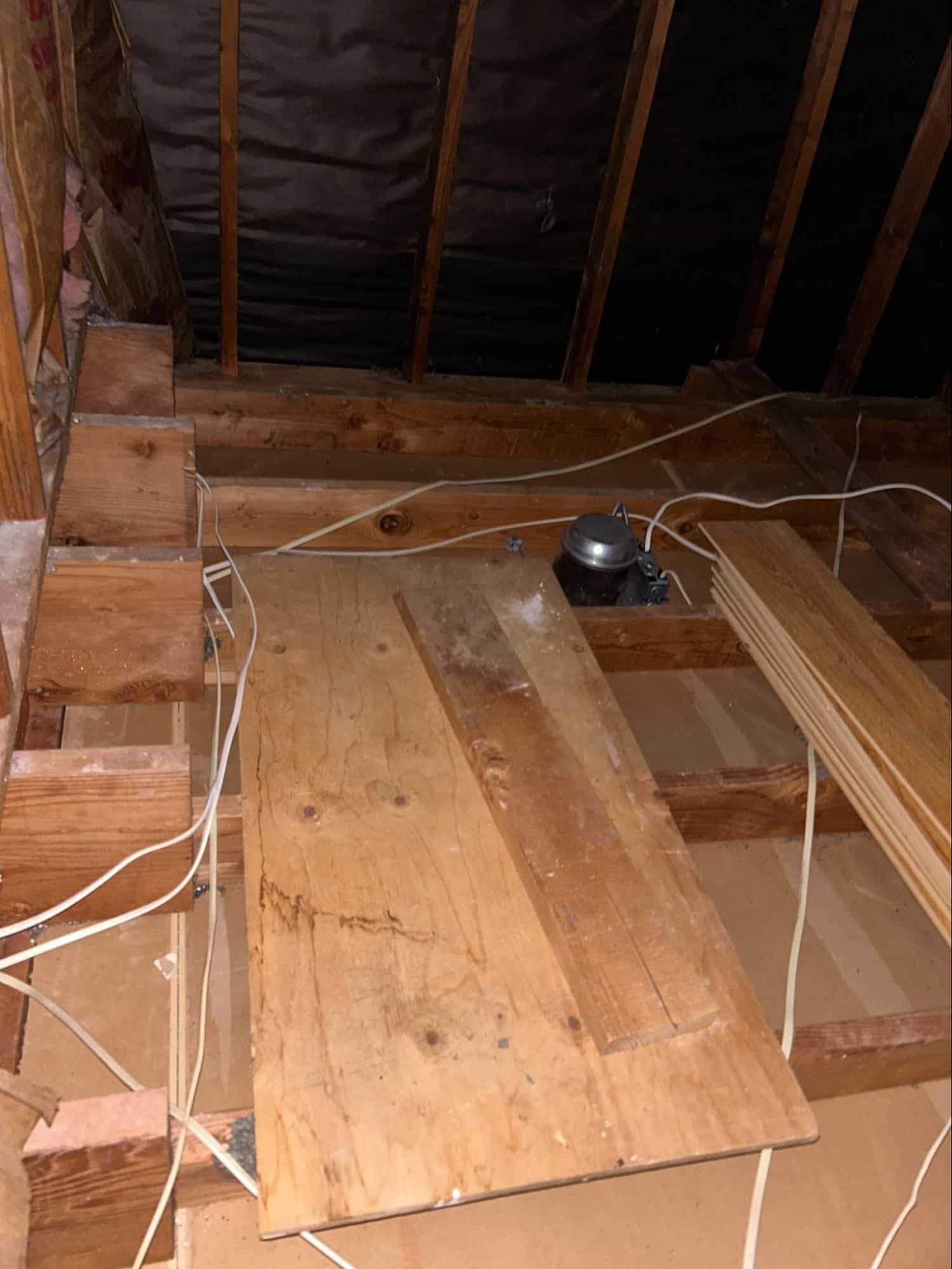Old walls lose heat quickly; wall insulation upgrades can conserve energy and enhance comfort. Interested in learning how? Continue reading.
As per the U.S. Energy Information Administration, houses constructed prior to 1980 are practically 50% more likely to be under-insulated than new homes. This renders older homes less energy efficient and more expensive to heat and cool. That’s why your home can be cold in winter or warm in summer.
If you notice drafts along walls or are having difficulty paying your energy bills, chances are you need your insulation upgraded.
Why Old Homes Struggle Without New Wall Insulation
Most older walls contain old or compromised materials within them. Insulation settles, migrates, or loses performance over time. When that occurs, your home begins to leak heat in cold weather and draw heat in hot weather.
This results in:
- Inconsistent room temperatures
- Increased energy costs
- HVAC system strain
- Poor indoor comfort throughout the year
You don’t have to destroy walls to repair them. New innovations such as foam wall insulation can be injected into wall cavities with little mess.
Signs Your Home Needs an Insulation Upgrade
Here are the usual signs your insulation is failing:
- You notice you are cold or experience hot spots close to the walls.
- Walls are cold in winter or too warm in summer.
- Your recent energy bills increased.
- Rooms become louder than expected.
- You observe pests or mould on walls (due to gaps in air/moisture).
If you answered yes to any of them, it’s time for new insulation installation.
Different Ways to Install Insulation
There are several ways to install or upgrade insulation on existing homes:
Blow-in insulation (cellulose or fibreglass):
- Responsible for enclosed walls.
- It involves the drilling of small holes and blowing insulation in.
- Quick and inexpensive.
Foam wall insulation (spray foam or injection foam):
- Seals all gaps and cracks within walls.
- Serves as both an air barrier and insulation.
- Best for old houses with minimal insulation.
Rigid foam boards (for exposed walls only):
- Used in major renovations.
- Provides a high R-value but is not suitable for old walls without a demo.
Table: Quick Comparison of Insulation Methods
| Type | Best For | R-Value (per inch) | Pros | Cons |
| Blow-In | Enclosed old walls | 3.2–3.8 | Fast, cheap, decent efficiency | May settle over time |
| Foam Wall Insulation | Gaps and drafts | 4.0–6.5 | Air sealing, long life | Higher cost upfront |
| Rigid Foam Boards | Renovation projects | 5.0–6.5 | High efficiency | Needs exposed wall surfaces |
What’s the Best Insulation Material?
Let us answer that based on your home. Foam insulation is usually the “winner” in older homes.
Why?
- It has a high R-value, meaning there are enough energy savings.
- It expands to fill every nook and cranny.
- It has a long lifespan with limited upkeep.
- It prevents air, moisture, and sound.
So, when it comes to the best wall insulation material you can use for older homes, you can’t go wrong with foam!
Benefits of Installing New Insulation
Here’s what you get in wall insulation installation:
- Reduced energy costs (up to 15–25% annual savings)
- Increased comfort in all rooms
- Reduced stress on your HVAC unit
- Noise abatement from the outside and between rooms
- Increased property value
Picture snug winters without blankets and breezy summers without exorbitant bills. That’s the strength of enhanced insulation installation.
Choosing the Right Contractor
Ensure your installer:
- Has foam insulation experience.
- Uses tested, high-quality products.
- Provides a materials and labor warranty.
- Is insured and licensed.
Request before-and-after photos, customer feedback, and material types.
Steps in a Typical Insulation Installation
- Home Inspection
Infrared or drills are used by technicians to inspect walls.
- Drill and Fill
- Tiny holes are drilled between studs.
- Foam or blow-in insulation is installed.
- Patch and Clean
- Holes are filled.
- Cleanup is quick and easy.
This procedure typically lasts one day.
How Much Does It Cost?
The price is based on:
- House size
- Type of insulation
- Ease of access for walls
- Labor costs
Foam insulation ranges typically from $1.50–$3.50 per square foot.
But don’t forget: it’s a one-time expense that will pay for itself in saved energy over time.
Ready to Make Your Old Walls Feel Brand New?
Old houses are full of character, but they must not break your wallet or your energy bank. The appropriate wall insulation can help keep your old house warm all year round, save energy, and enhance indoor air quality.
No matter whether you go for foam insulation or some other new technology, renovating your walls is one of the best things you can do as a homeowner. The time to act is now. Do not wait for another cold winter or hot summer.
My Insulation Guy specializes in clean, effective, and budget-friendly insulation for heritage homes. We will guide you in selecting the most suitable solution for your requirements and install it with utmost care. For more info, you can visit our website or contact us.
FAQs
- Do I need to remove drywall to add insulation to the walls?
No, not with foam wall insulation or blow-in. Holes are drilled and quickly patched.
- Is foam wall insulation a good choice for older homes?
Yes. It’s non-toxic, mold-resistant, and will not hurt your walls. It’s one of the best wall insulation products on the market today.
- How long does it take to install wall insulation?
Most work is completed in one day. It is based on how big your house and walls are.
- Does new insulation cut down outside noise?
Yes. Foam wall insulation prevents sound from coming through, keeping your rooms quieter and more relaxing.
- What is the best insulation for old plaster walls?
Foam wall insulation is best. It fills cavities thoroughly without hurting plaster surfaces.

